
• art, archaeology and pigments lover #HeritageScience👩🎨👩🔬
• red cinnabar & Pompeian mural paintings 🌋 #PhDCandidate #LaCaixaFellows
How to get URL link on X (Twitter) App



 Chaptal was lucky enough to receive 7 pigment samples found at @pompeii_sites from Joséphine de Beauharnais, Napoleon’s wife, Empress of France, and Queen of Italy in 1809.
Chaptal was lucky enough to receive 7 pigment samples found at @pompeii_sites from Joséphine de Beauharnais, Napoleon’s wife, Empress of France, and Queen of Italy in 1809.https://twitter.com/S_Berthelemy/status/1354117560619454465


 En este #hilo @RestauraAraba nos habla también de este y otros científicos del s. XIX que se interesaron por el análisis del patrimonio cultural.
En este #hilo @RestauraAraba nos habla también de este y otros científicos del s. XIX que se interesaron por el análisis del patrimonio cultural.https://twitter.com/RestauraAraba/status/1167737070883954688


 Fresco painting was the predominant painting technique at @pompeii_sites. It is based on the application of water-dispersed pigment on wet plaster. However, as we will explain in today’s #thread, some decorations were executed using a different technique.
Fresco painting was the predominant painting technique at @pompeii_sites. It is based on the application of water-dispersed pigment on wet plaster. However, as we will explain in today’s #thread, some decorations were executed using a different technique.https://twitter.com/cinnabarim/status/1264587213318348801


 Parece probable que la técnica predominante en @pompeii_sites fuera la pintura al fresco, que conlleva el trabajo sobre un mortero de cal húmedo. Sin embargo, como veremos en este #hilo, parte de las decoraciones se realizaron con una técnica diferente.
Parece probable que la técnica predominante en @pompeii_sites fuera la pintura al fresco, que conlleva el trabajo sobre un mortero de cal húmedo. Sin embargo, como veremos en este #hilo, parte de las decoraciones se realizaron con una técnica diferente.https://twitter.com/cinnabarim/status/1264580762935984130
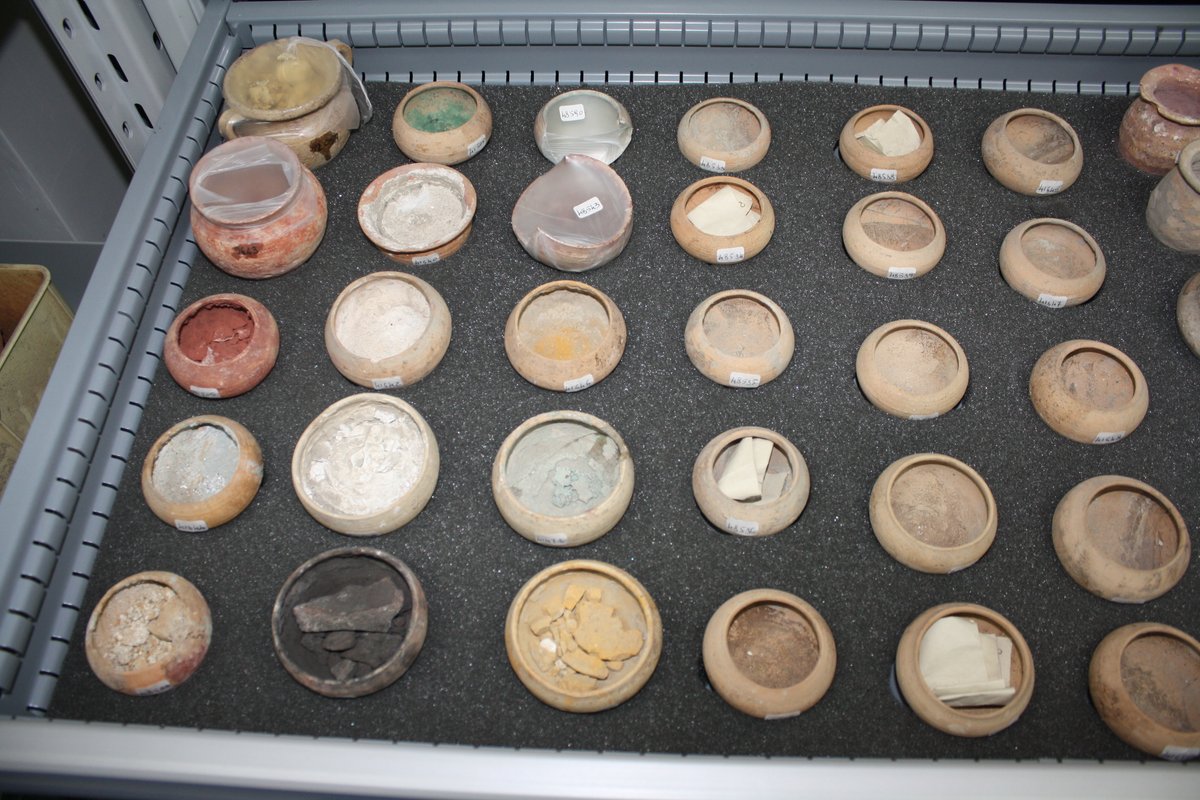

 Pliny and Vitruvius considered black (called atramentum) an artificial colour, because it required the transformation of raw materials. However, according to Pliny, it could also be found in salt-pits or sulfurous earths, and some painters used to dig up charred human bones.
Pliny and Vitruvius considered black (called atramentum) an artificial colour, because it required the transformation of raw materials. However, according to Pliny, it could also be found in salt-pits or sulfurous earths, and some painters used to dig up charred human bones. 

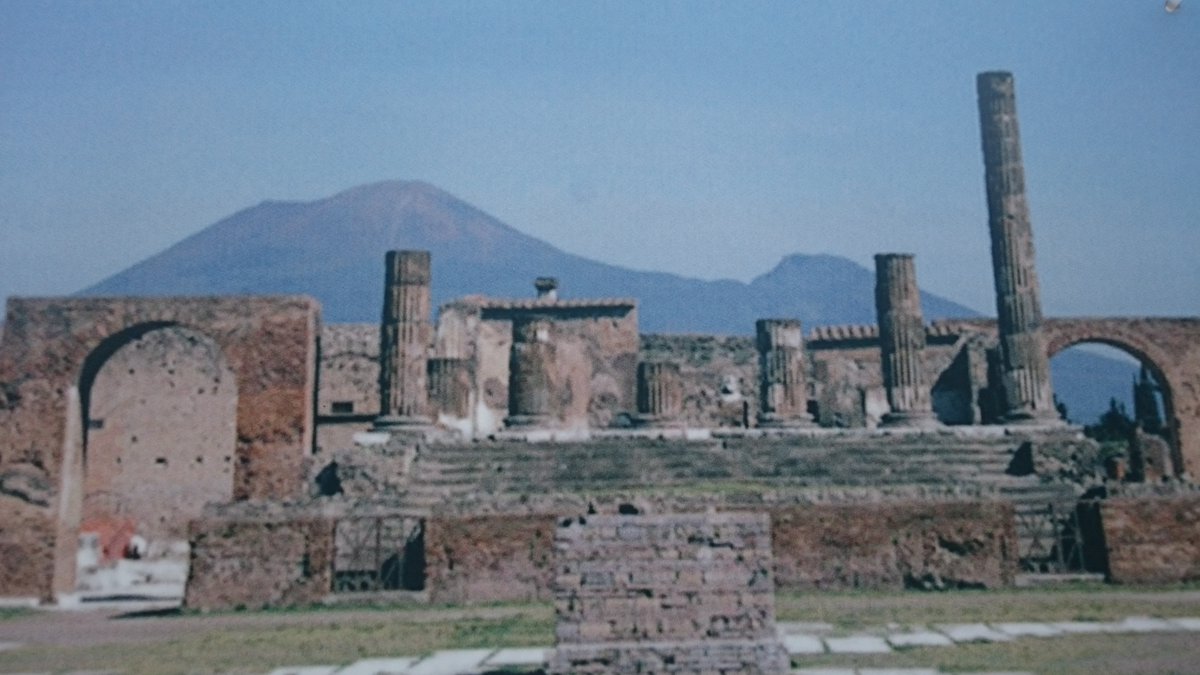

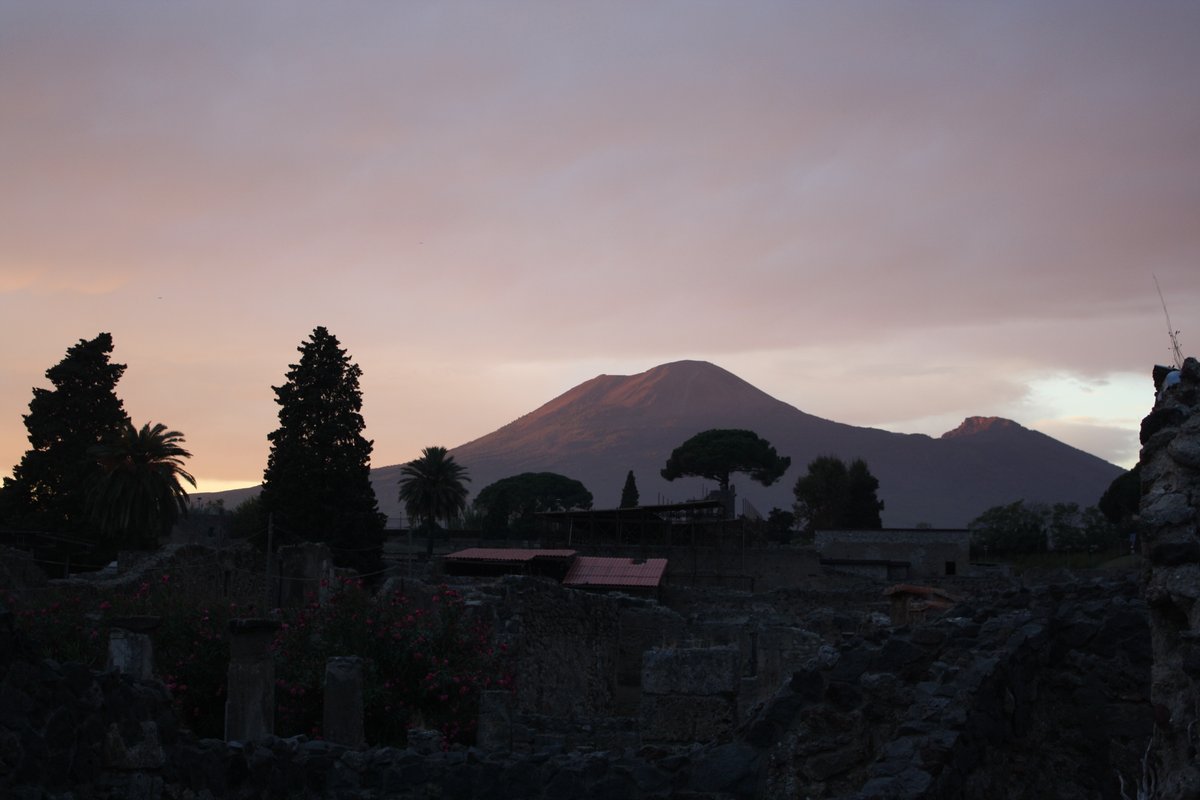 The volcanic eruption froze the daily life of these cities, what allows us to study the archaeological remains of a vibrant area, in contrast with other sites that were purposefully abandoned.
The volcanic eruption froze the daily life of these cities, what allows us to study the archaeological remains of a vibrant area, in contrast with other sites that were purposefully abandoned.https://twitter.com/Carla_Ardis/status/1277568268849602560


 La erupción detuvo en el tiempo estas ciudades, conservándolas en un momento de plena actividad, a diferencia de otros yacimientos arqueológicos que fueron abandonados y que conocemos ya sin vida en su interior.
La erupción detuvo en el tiempo estas ciudades, conservándolas en un momento de plena actividad, a diferencia de otros yacimientos arqueológicos que fueron abandonados y que conocemos ya sin vida en su interior.https://twitter.com/Carla_Ardis/status/1277568268849602560




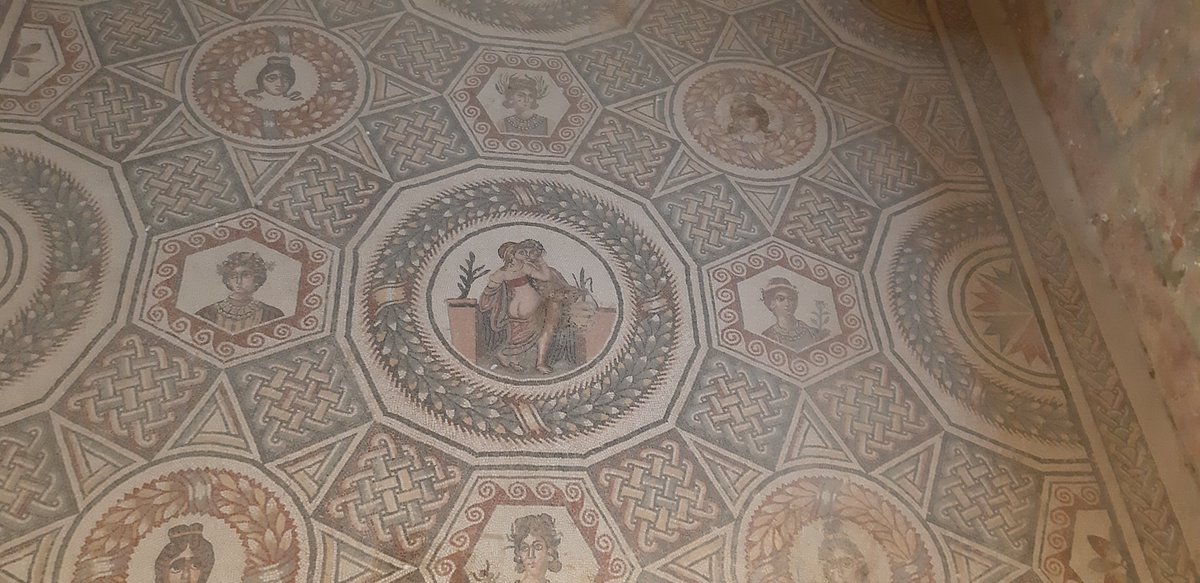 The vestibule is open to a large peristyle, whose mosaic floor presents a series of animal protomes (lions, bears, tigers, wild boars and panthers) inserted in laurel wreaths, which reverse their direction on the western side, indicating the presence of two different routes.
The vestibule is open to a large peristyle, whose mosaic floor presents a series of animal protomes (lions, bears, tigers, wild boars and panthers) inserted in laurel wreaths, which reverse their direction on the western side, indicating the presence of two different routes. 
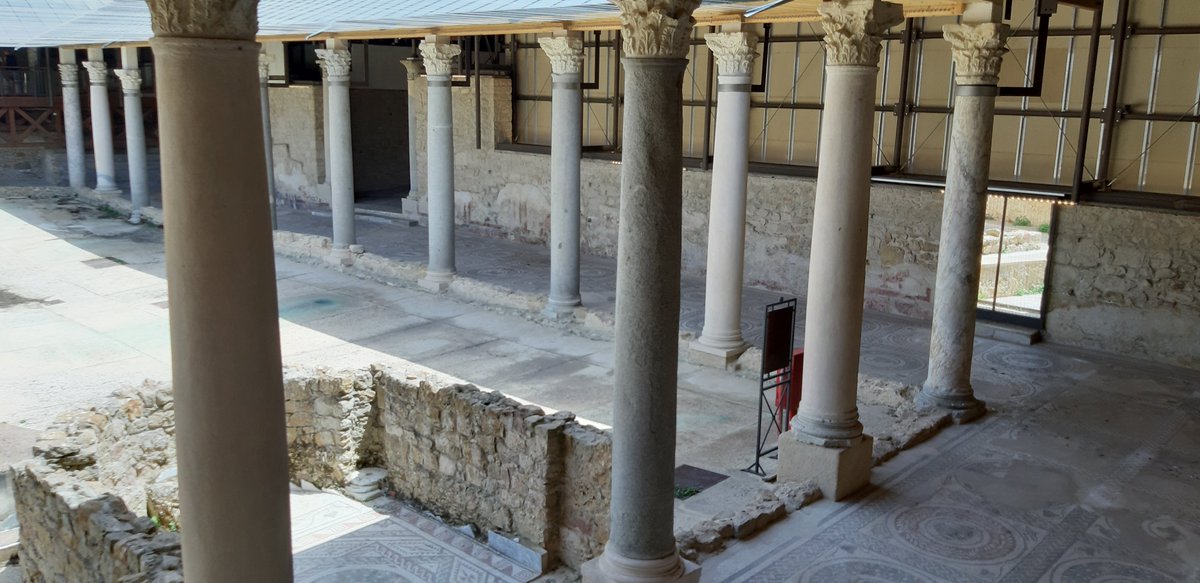


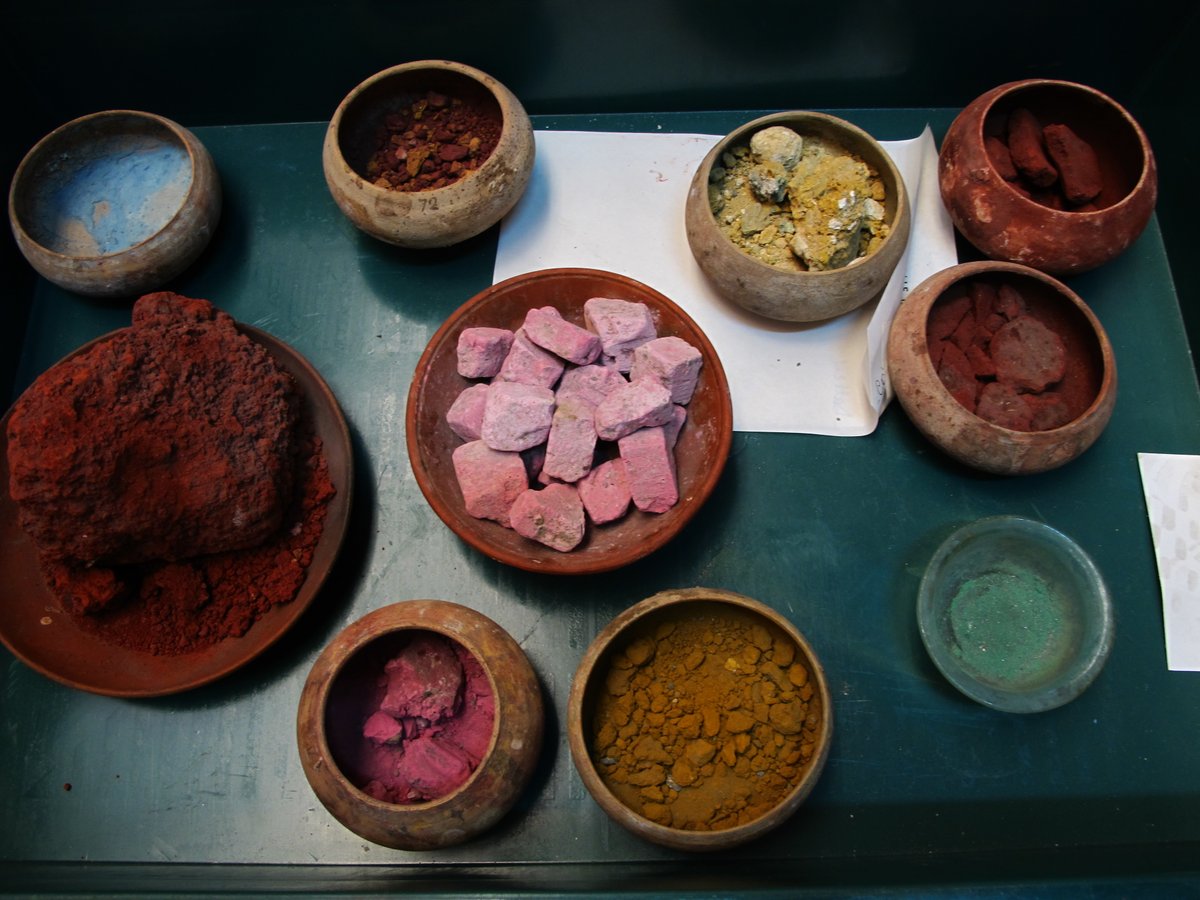

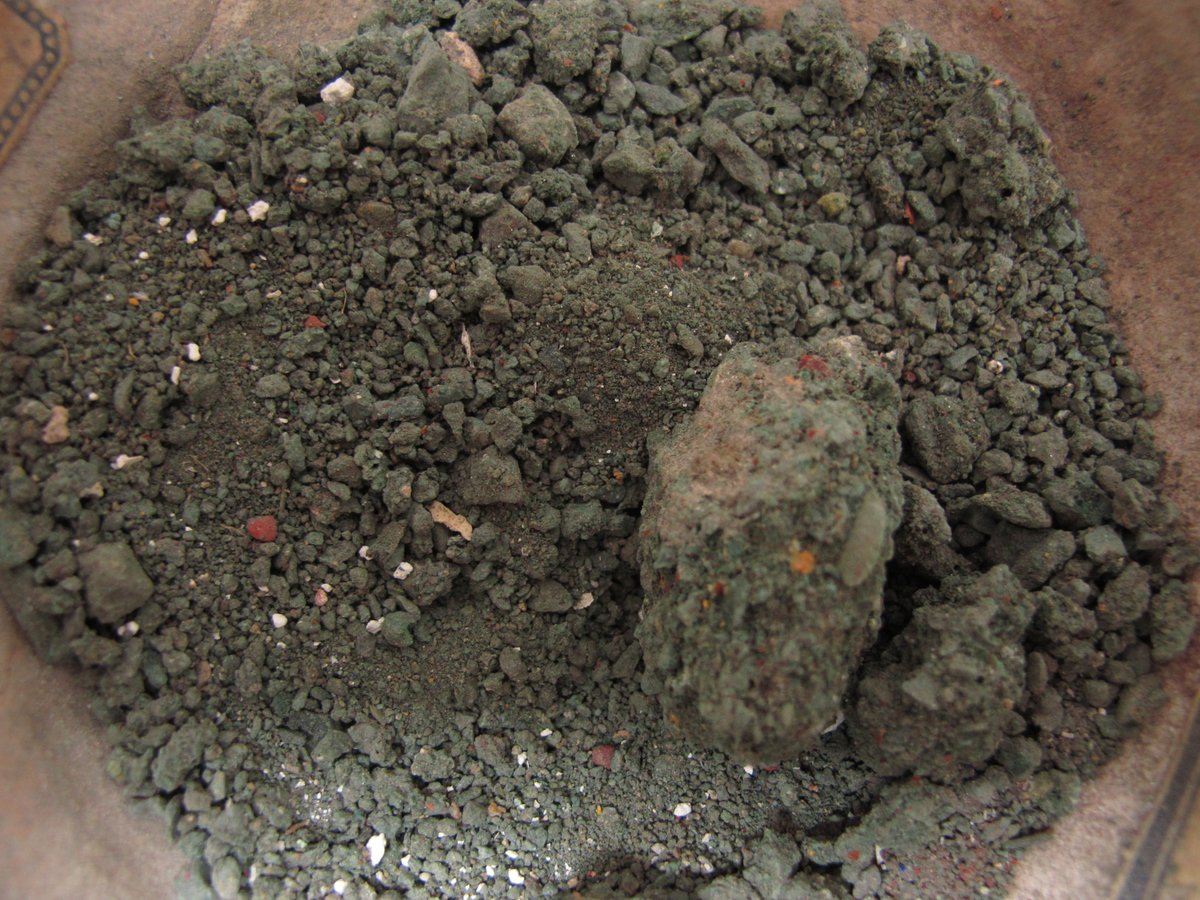 Several mixtures and green pigments have been detected in Ancient Egypt artefacts. Among the pigments, we can list malachite (Cu2CO3(OH)2), chrysocolla ((Cu, Al)2H2SiO5(OH)4·nH2O), Egyptian Green (CaCuSi4O10) and green earth (hydrated iron potassium silicates).
Several mixtures and green pigments have been detected in Ancient Egypt artefacts. Among the pigments, we can list malachite (Cu2CO3(OH)2), chrysocolla ((Cu, Al)2H2SiO5(OH)4·nH2O), Egyptian Green (CaCuSi4O10) and green earth (hydrated iron potassium silicates). 



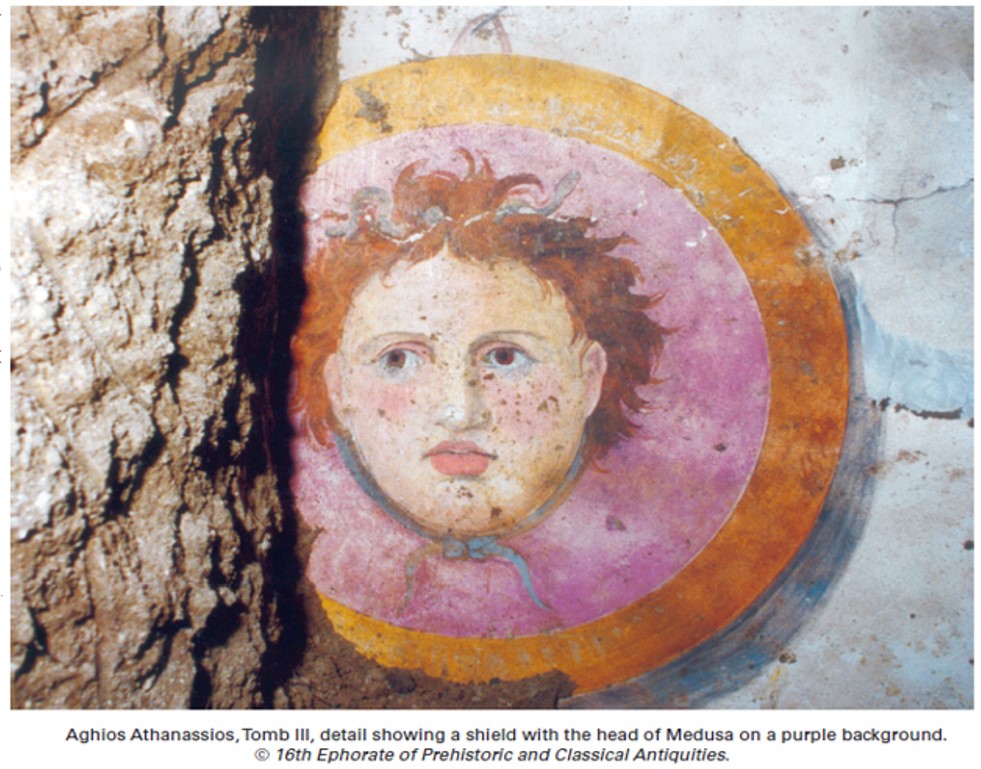

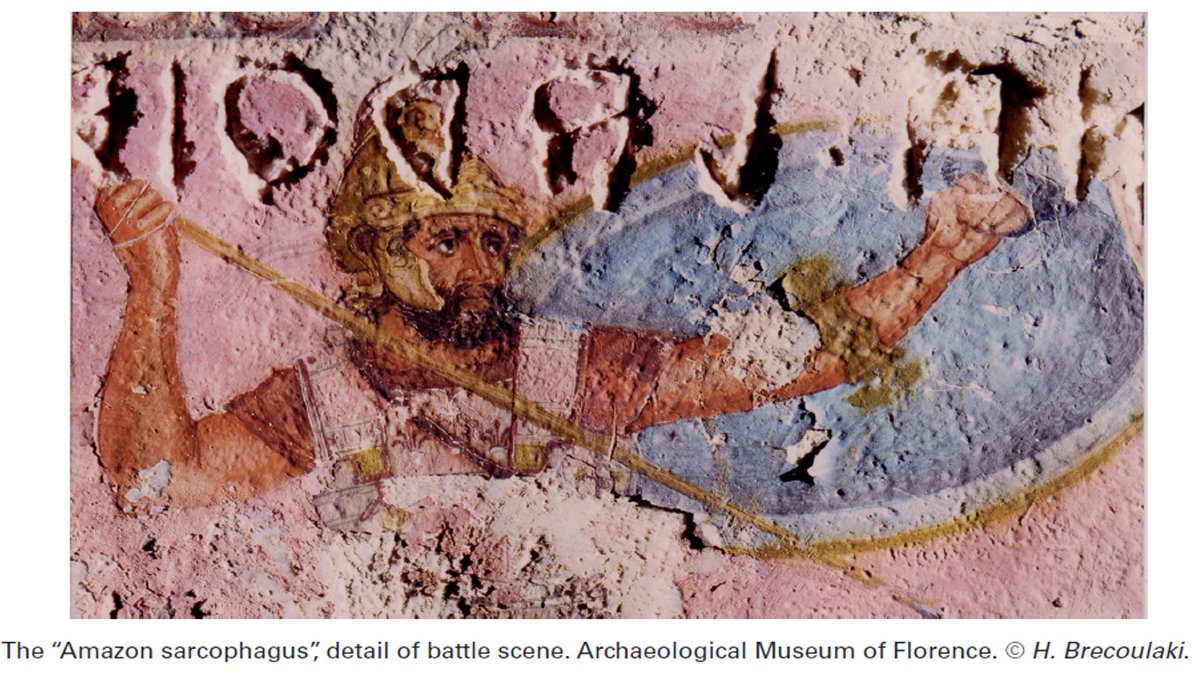 There are two main painting techniques associated to Late Classical and Hellenistic art: secco, which makes use of a binding medium to fix the pigments, and fresco, which is based on the application of the pigments on a fresh lime plaster.
There are two main painting techniques associated to Late Classical and Hellenistic art: secco, which makes use of a binding medium to fix the pigments, and fresco, which is based on the application of the pigments on a fresh lime plaster.https://twitter.com/Oskar_KimikArte/status/1115150537219919872
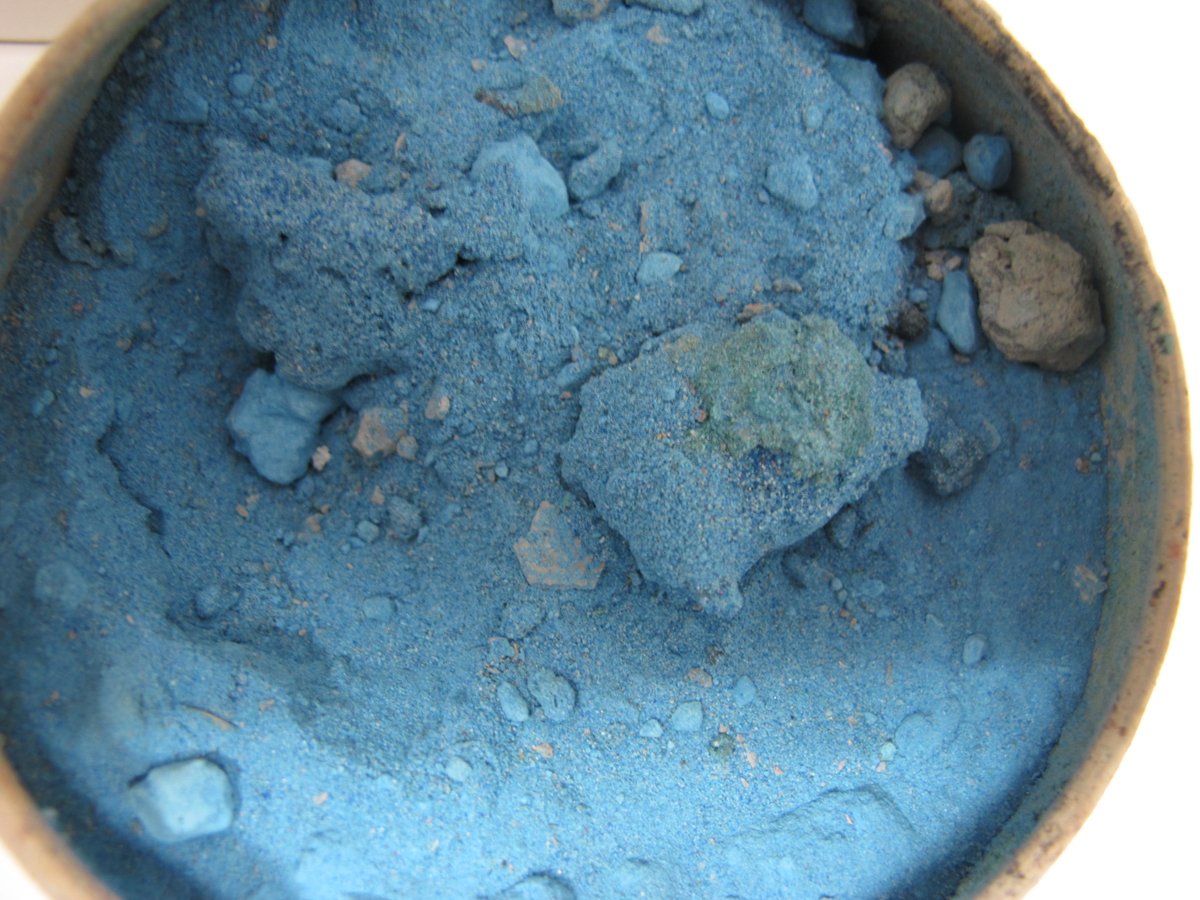

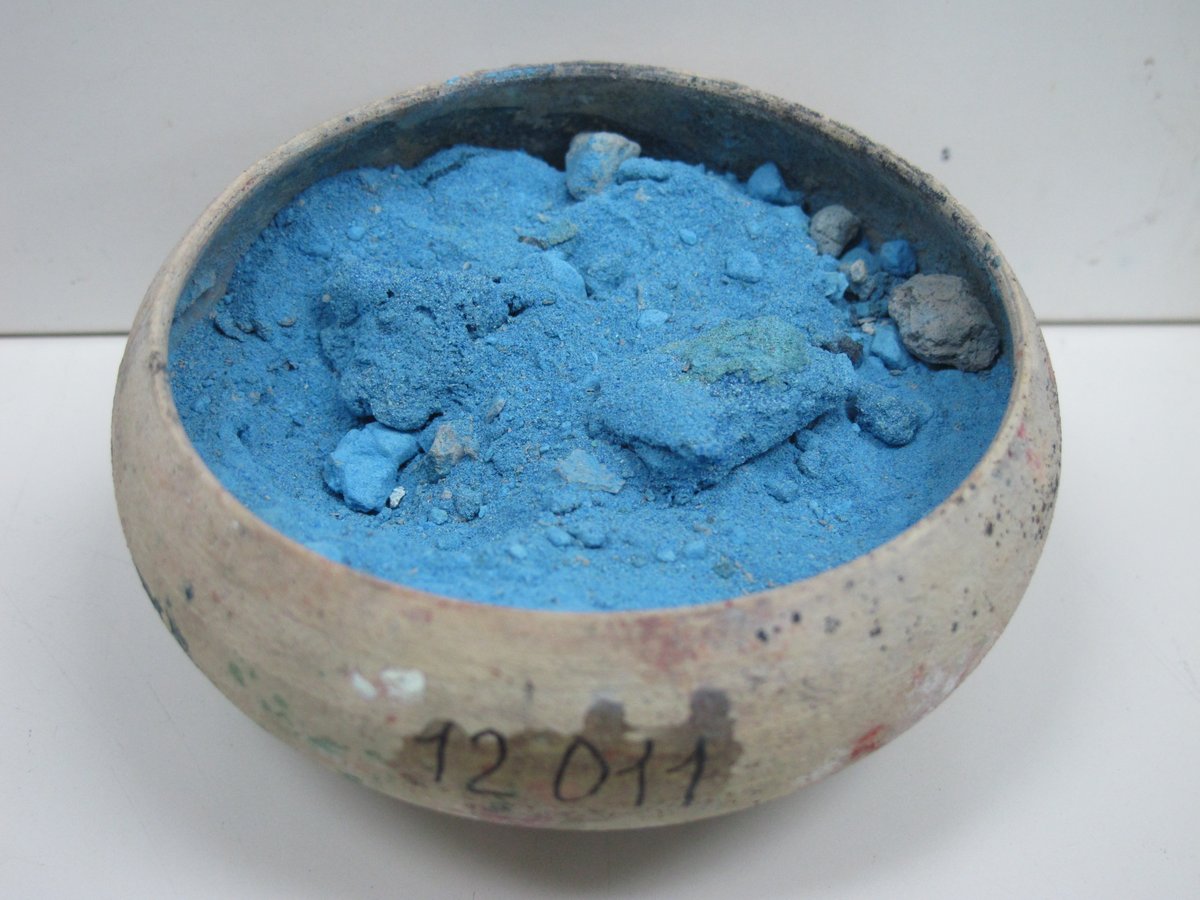 This bowl is conserved, among others containing several different pigments, at the Applied Research Laboratory of @pompeii_sites, and has been in-situ analysed via non-destructive portable techniques.
This bowl is conserved, among others containing several different pigments, at the Applied Research Laboratory of @pompeii_sites, and has been in-situ analysed via non-destructive portable techniques.https://twitter.com/cinnabarim/status/1261697161491886081
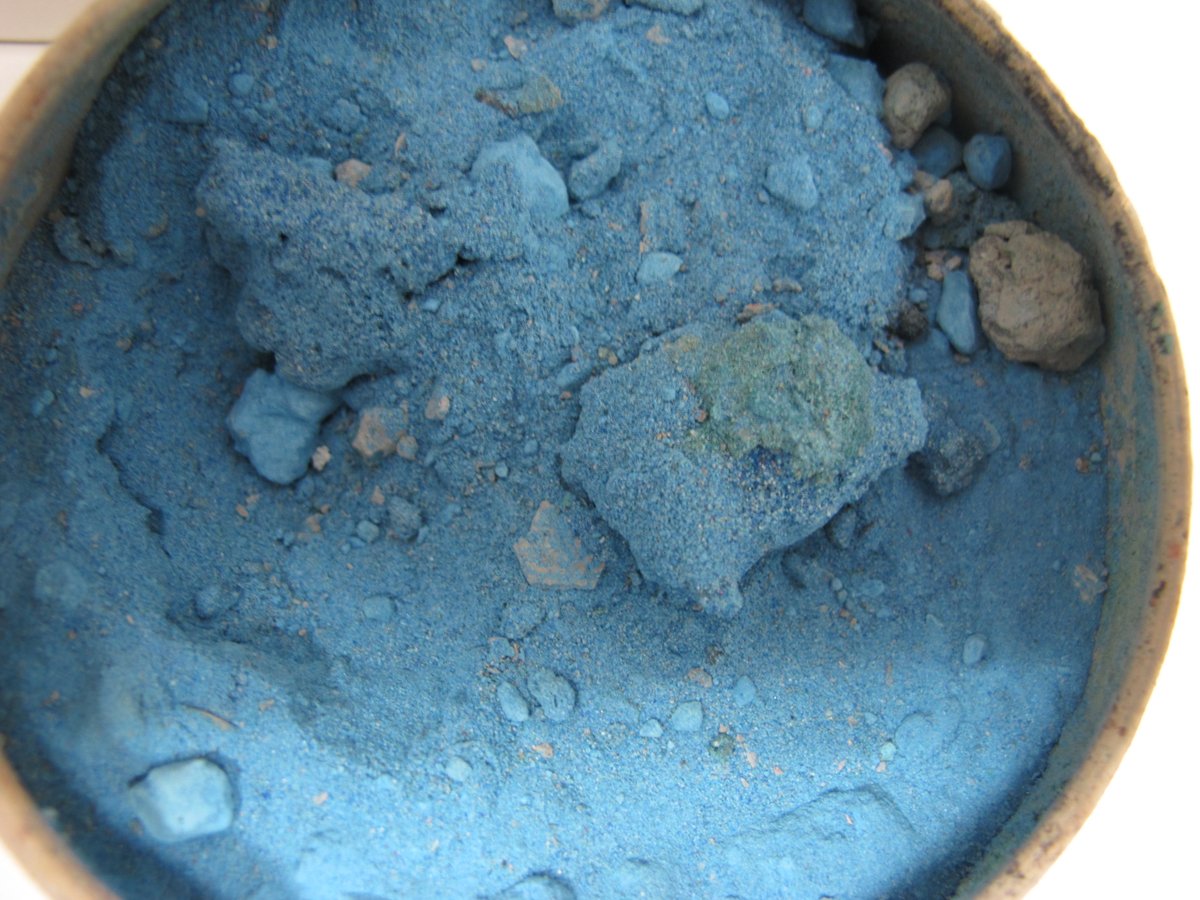

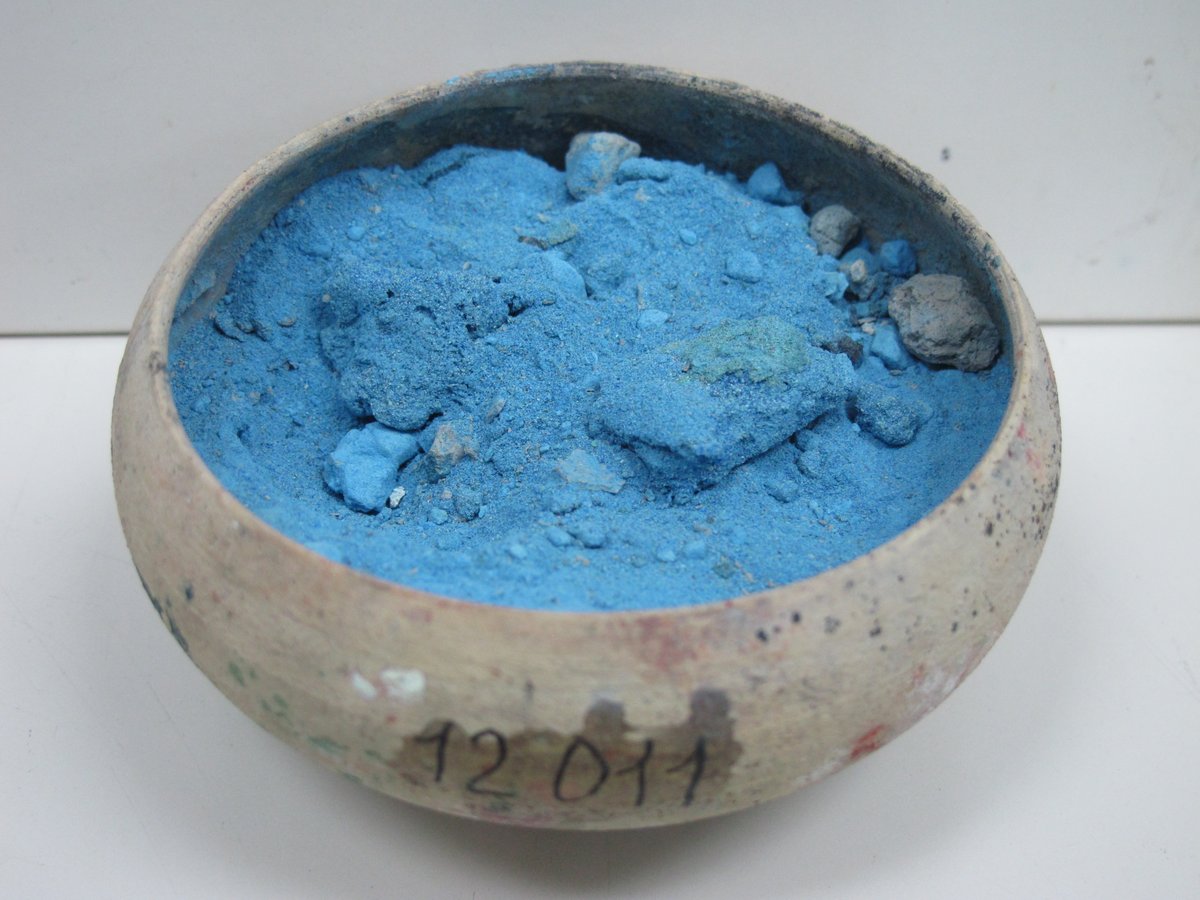 Este bol se conserva junto a otros, que contienen otros pigmentos, en el Laboratorio di Ricerche Applicate de @pompeii_sites. Constituyen un magnífico registro arqueológico que ha podido ser estudiado mediante técnicas analíticas no destructivas.
Este bol se conserva junto a otros, que contienen otros pigmentos, en el Laboratorio di Ricerche Applicate de @pompeii_sites. Constituyen un magnífico registro arqueológico que ha podido ser estudiado mediante técnicas analíticas no destructivas.https://twitter.com/cinnabarim/status/1261692194882236425
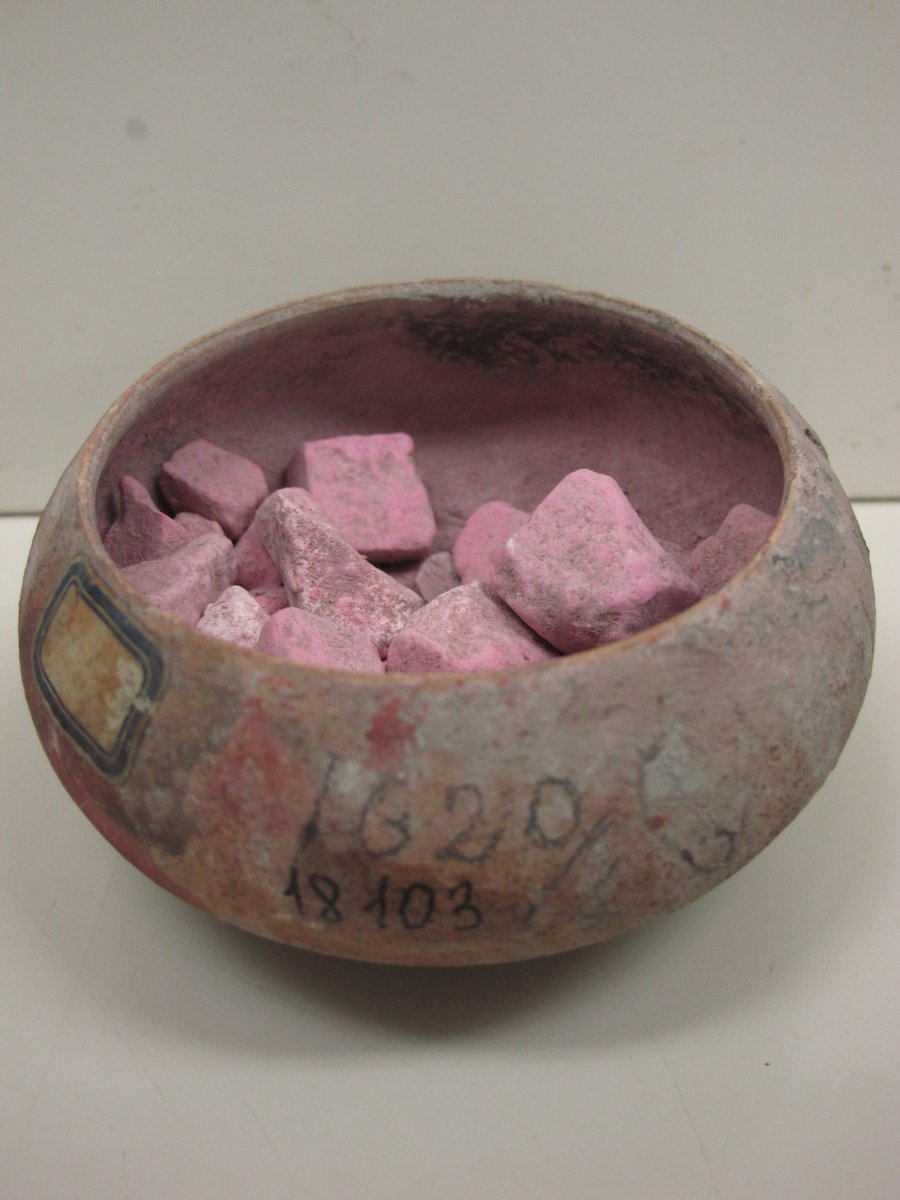
 This pink tone is to be found in certain examples at the Archaeological Park, frequently associated to the depiction of Venus, as in this painting of the House of the Venus in the Shell (Regio II, 3, 3).
This pink tone is to be found in certain examples at the Archaeological Park, frequently associated to the depiction of Venus, as in this painting of the House of the Venus in the Shell (Regio II, 3, 3). https://twitter.com/DocCrom/status/1256158804204498946
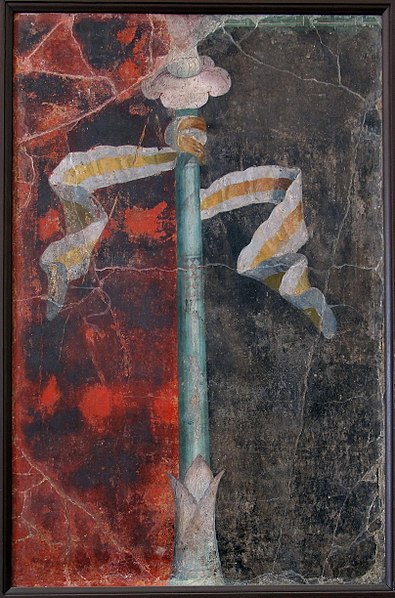
 This example, shared by @PaulHar77393852, is surely among the most well-known. Let’s recreate ourselves with this poisonous yet fabulous red hue.
This example, shared by @PaulHar77393852, is surely among the most well-known. Let’s recreate ourselves with this poisonous yet fabulous red hue.https://twitter.com/PaulHar77393852/status/1259027485485936640?s=19